Redacción: Beatriz Fabián
Beatriz es periodista especializada en contenidos editoriales offline y online sobre diseño, arquitectura, interiorismo, arte, gastronomía y estilo de vida.
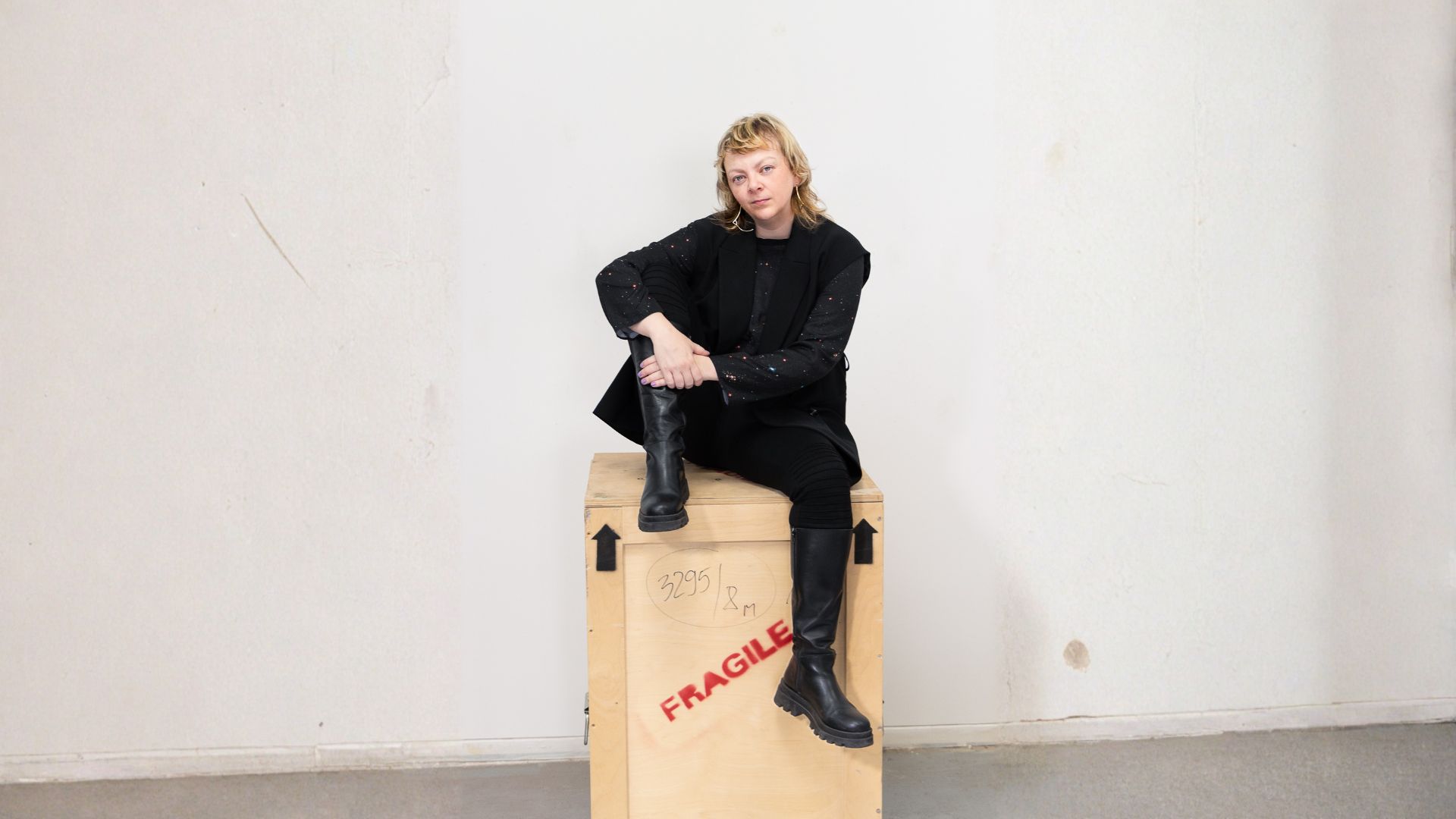
The proposal for this interview reached Marina Vargas (Granada, 1980) during a trip to Turkey, a mixture of pleasure and work, with her sights set on a very special event at the Thyssen Museum: a dialogue between art and science. This museum hosted one of her most recent exhibitions, Revelations, which arrives in Mexico on November 14, a project resulting from research into the absence of women’s voices throughout history. Painting, sculpture, tapestries, performances—the works of this multidisciplinary artist draw on references from classical iconography, the sacred, anthropology, astrology, and mythology. They are pieces loaded with symbols and messages about religion, sexuality, violence, love, and desire. This can be seen, for example, in one of her key works, the one she created on the five Pietàs, a recreation of Michelangelo’s Pietà. She has received several awards and distinctions, most recently the 2025 WAS (Woman Action Sustainability) Culture Awards for her contribution to sustainability and equality.
Your work is imbued with references to classical iconography, myths, tarot… What led you to become interested in these symbolic universes?
A constant theme in my work is an interest in the invisible. Based on this, the ancestral, the sacred, symbolism, and alchemy are present in my work.
Just like the body, which is a pillar in my work. The body as a container for all these aspects, always from a holistic perspective. That is where my interest and research into astrology, tarot, and various systems of vision that create languages, perceptions, and personal cosmogonies that have a lot to do with reality comes from. In this regard, I am very attracted to visionary or spiritual art and art brut.
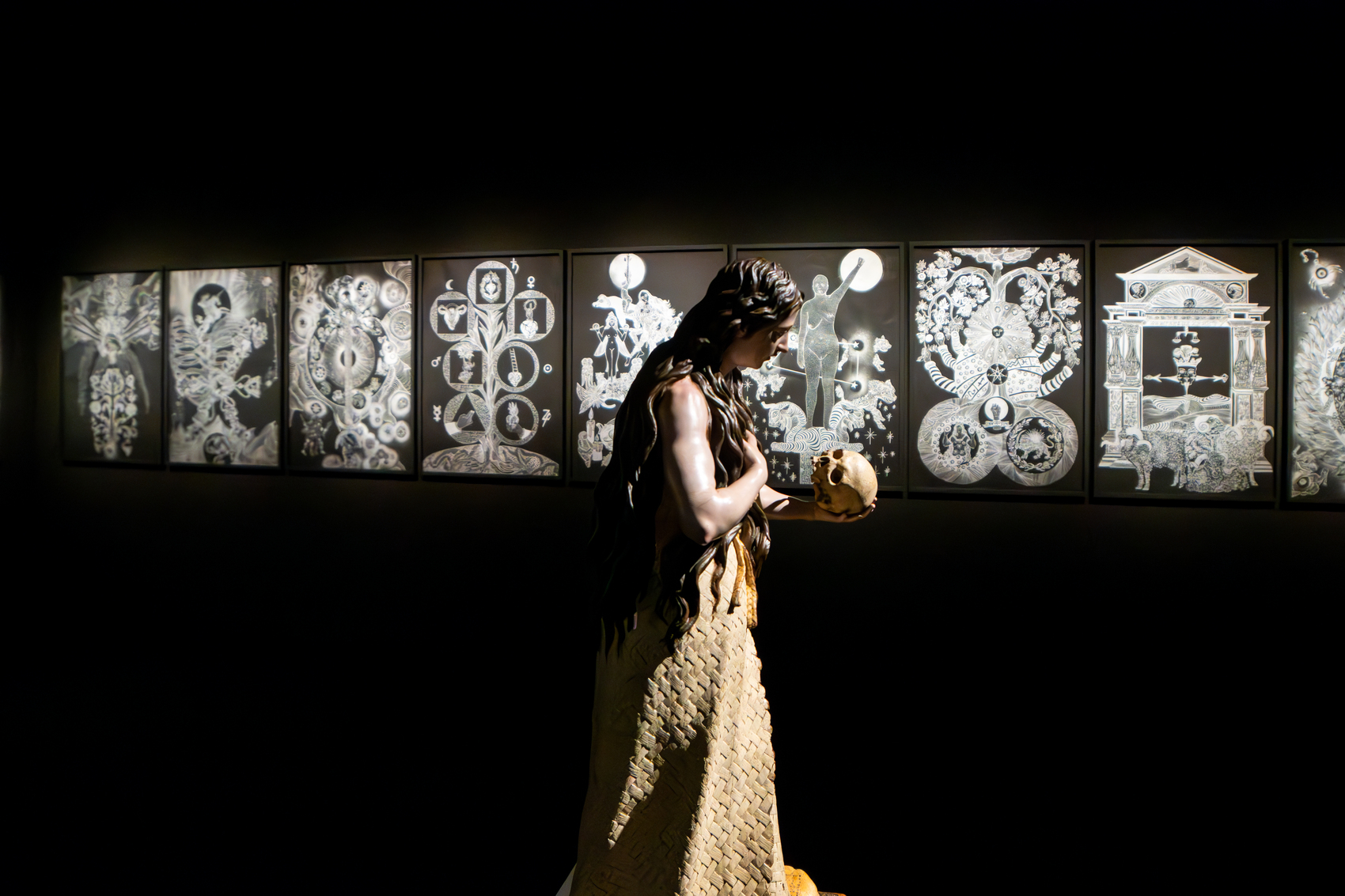
Tell us about your artistic career, which has been marked by a strong feminist commitment. How does this stance manifest itself in your work?
This stance manifests itself in my life and in my work. My work has a strong biographical content. I cannot separate my life and identity from my work. My stance is on both sides, and the work is a consequence of that.
This can be clearly seen in works such as La Tribu, part of the Anonymous Was a Woman project (2024). This work seeks to give visibility and a voice to fellow artists and cultural managers who have experienced or are experiencing abuse of power.
These colleagues shared their stories with me after I publicly denounced an assault in 2018 within the La Caja de Pandora movement, the closest thing we have had to a Me Too movement in the arts system. I say “attempt” because there is still much to be done in this regard within our sector, which highlights how uncomfortable this topic is and how people don’t want to talk about it.
But what’s done is done. That’s how activism and taking a stand work: it’s hard and the results are long-term. Time is the judge of a position, which is why few people take a stand, because they put themselves at risk without immediate results.
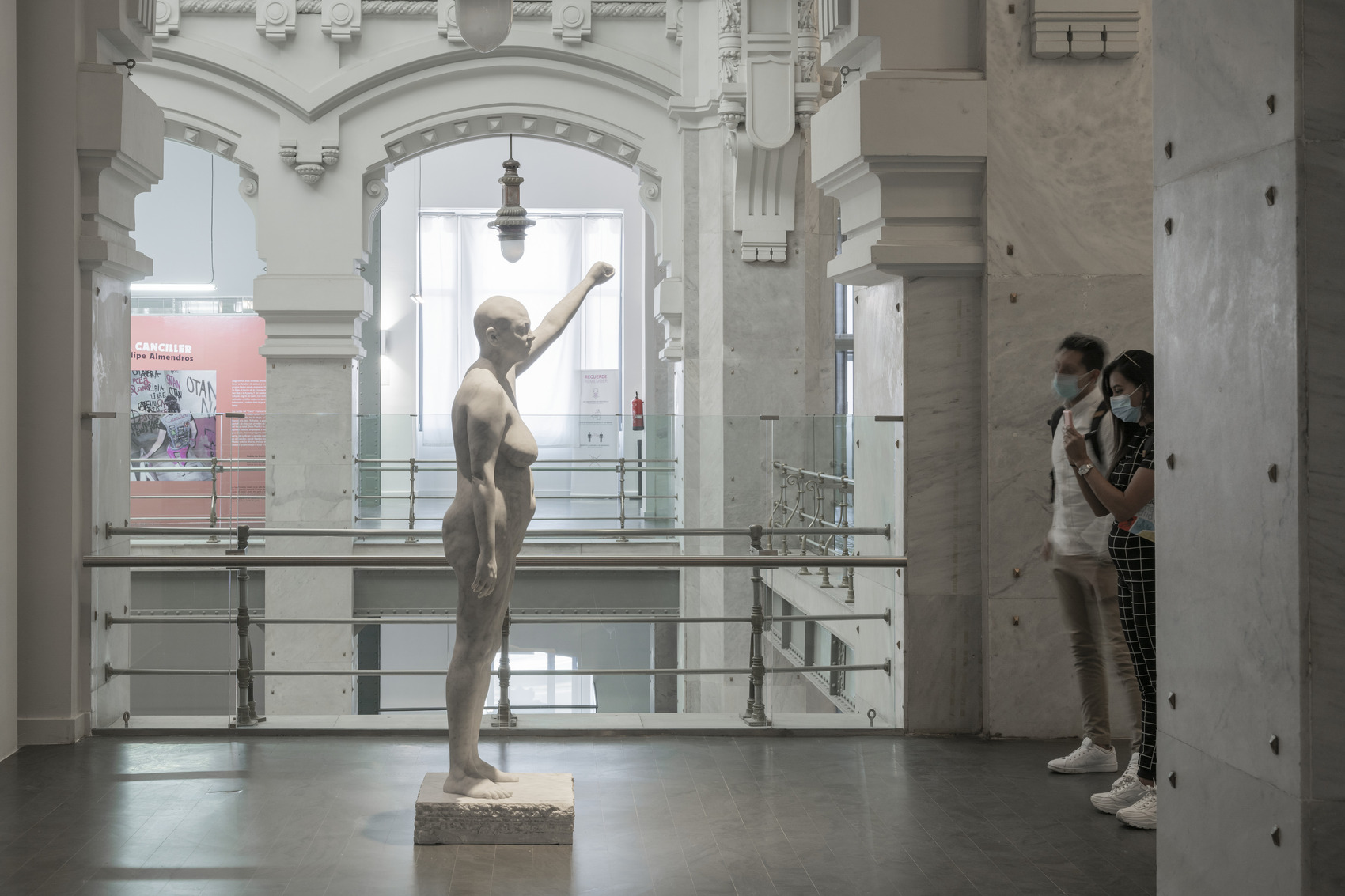
The creative process behind your work seems very meticulous. Which stages are the most demanding or significant for you creatively?
Each work demands its own process or path. I consider myself a servant to whatever each work or project asks of me. Trying to be faithful to that path is the most important thing for me. I feel that it is the DNA of its existence and that it will affect the life journey that the work itself takes.
My respect for the process itself can be seen in projects such as Las Líneas del Destino (The Lines of Destiny), which I started in 2015 and am still working on today. This project focuses on tarot and I am carrying it out based on my own consultations with the deck over time.
Another project in which the process is the work itself is Intra-Venus, a work that records the results of my cancer treatment and has led to the creation of Intra-Venus, a non-profit association of female creators with cancer.

You work in multiple disciplines: sculpture, painting, photography, installation… How do you decide which medium to use for each project?
I don’t decide. The work or the project decides.
Intra-Venus would not be the same if it were made by Artificial Intelligence as it is, which is a direct scan of my own body after having undergone a mastectomy, a year of chemotherapy, and 25 sessions of radiotherapy.
Intra-Venus is made of Carrara marble because that is the material used to make Greco-Roman sculptures. I consider Intra-Venus to be the consequence of my project Ni Animal Ni Tampoco Ángel (Neither Animal Nor Angel, 2015). This project focuses on breaking with the canon. That is why I decided to make it out of marble, and Carrara marble at that.
It is a unique work. Because I respect that sculptural action, and if I made an edition, I would feel like I was inviting illness.
I listen with my eyes to understand what each work asks of me, and I respect its process and journey as much as possible. The works have a life of their own; that is how I conceive my work.

In which artistic language or experimental field do you currently feel most free or identified?
In drawing. For me, it’s like writing. It’s an intimate and direct process.
Together with a patron, you have launched a scholarship program for creators undergoing cancer treatment. Could you tell us more about this initiative and who is behind the project with you?
This initiative goes back a long way. In November 2019, I was diagnosed with cancer and had to undergo treatment and surgery in 2020, in the midst of the pandemic. So I started my own research to find voices like Audre Lorde and her Cancer Journals; Susan Sontag’s Illness as Metaphor; and finally Anne Boyer and her book The Unraveling, winner of the 2020 Pulitzer Prize, which enabled her to cover the costs of her treatment in the United States. This last case showed me how culture can literally become your lifeline. I also saw how firsthand accounts are great tools for studying how far we have come and the taboos and stigmas that have remained frozen in time.
In the same way, I started a project that I gradually revealed, and some girls with diagnoses contacted me through social media, which made me think about creating a non-profit association of female creators to raise awareness and support women undergoing cancer treatment. That’s how Intra-Venus came about in 2022. It was made up of women from the art world, managers, composers, and writers who had gone through cancer and were going through it…
A network of care among us, which sought to give voice to what the system silences and does not show.

Over time, we were contacted by the artist and director of La Fundación Nadine. Nadine was her sister who died of cancer at a very young age. Evelyn had been diagnosed, found us on social media, contacted us, and now Intra-Venus and Nadine have joined forces to create IN and bring to life many projects that had been left on the table, such as these grants for creators who have gone through the disease or are still battling it. The aim is to support them in their professional reintegration and to use art to raise awareness of the stigmas and taboos surrounding this disease.
I would like to take this opportunity to announce our website, where the grants are advertised.
There are two grants. A national grant of €6,000, plus expenses and a four-month residency in Madrid. The Artistic Creation and Cancer Grant is aimed at artists who have been affected by cancer or who work in creative processes related to raising awareness of this disease. Its objective is to support the production of a work that reflects these experiences, promoting art as a tool for expression, awareness, and healing. The other is an international grant to create a living, dynamic, and global digital archive where art and social awareness converge.
This grant is worth €3,500 plus travel expenses, per diem, and accommodation for the public presentation of the research.
We have created these grants from a position of vulnerability and hope to receive grants and donations to carry out all the projects we present on our website.
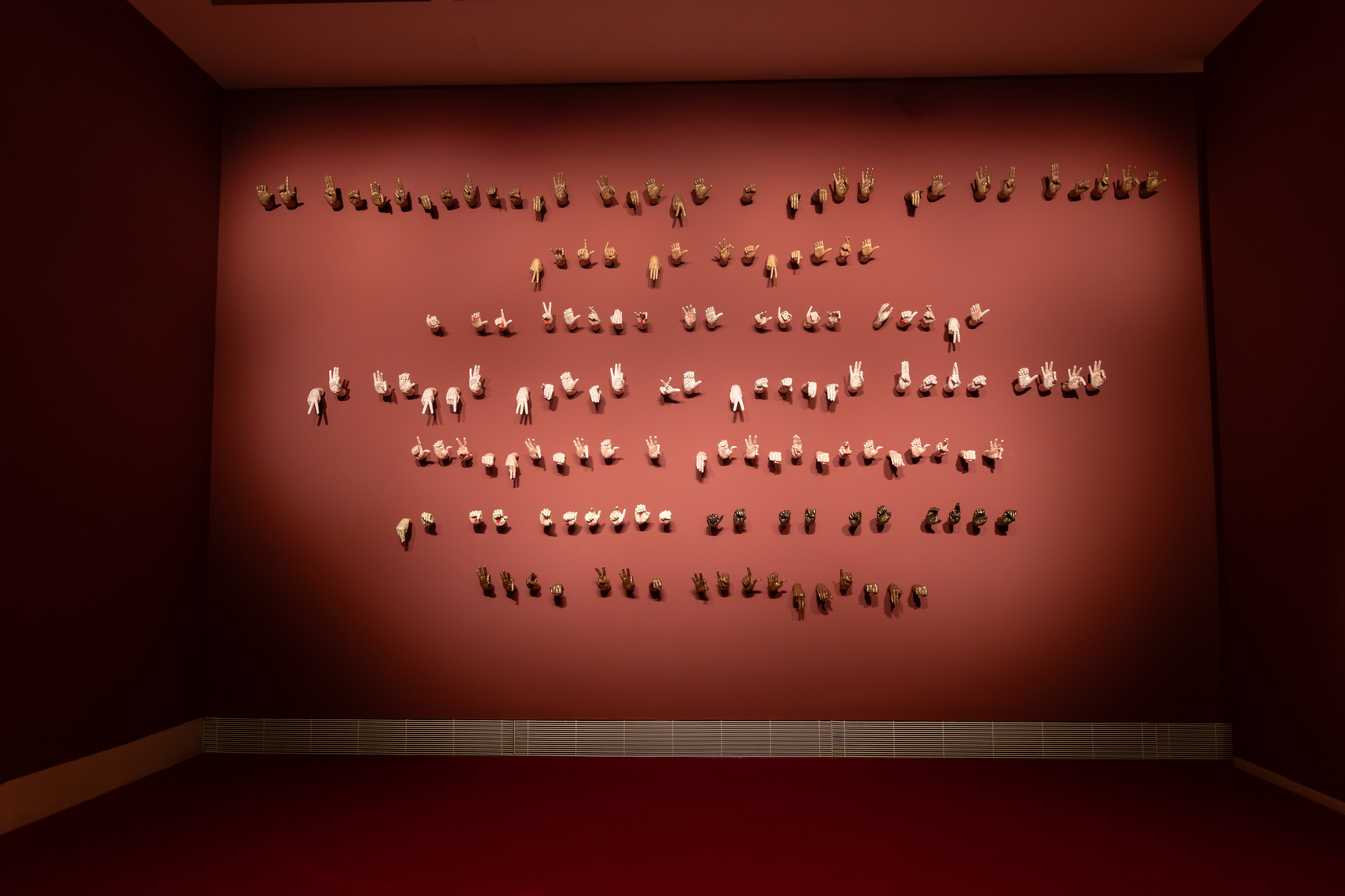
Do you think art has a healing or therapeutic dimension, both for those who create it and those who observe it?
I don’t think so. I can say that with certainty because I have experienced it firsthand.
Creating my work about my physical transformations helped me mourn my former self, helped me come to terms with everything I was going through and accept myself. My work became a mirror for me and for the world. Something curious happened when I exhibited Intra-Venus for the first time: the gallery guards told me that many mothers with young children were coming to see the sculptures. They were newly diagnosed mothers who brought their children to get a closer look at the disease. Re-educating the gaze, questioning the canons of beauty, and linking the disease socially is what this work and many of the actions we have planned at Proyect IN do.
Being a cancer survivor means facing the fact that companies won’t hire you for fear of a relapse or recurrence, that banks won’t give you loans or mortgages. It is a political and social disease, and proof of this are those affected and those who are no longer with us due to screening in Andalusia. This type of work serves to give them a face, a voice, and to create a support network.
At IN, we work on resistance, resilience, and resurgence. I believe in the power of art and, of course, in its healing power. Art as an antidote should be prescribed alongside chemotherapy…
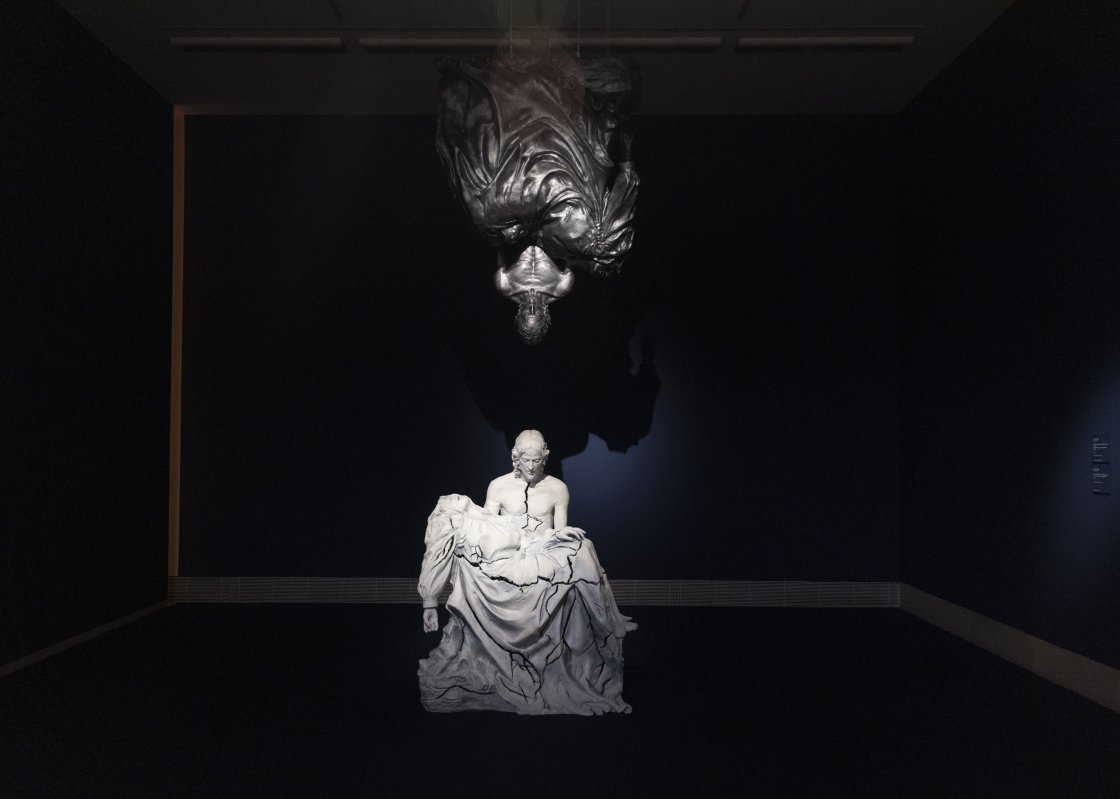
What are you currently working on? Any projects that you are particularly excited about?
I am traveling to Mexico soon.
My recent solo exhibition at the Thyssen-Bornemisza Museum is traveling to the Museum of Contemporary Art in Querétaro. Revelaciones (Revelations) established a dialogue with works from the Thyssen collection, forming part of the Kora program, curated by Semíramis González. Karen Cordero Reiman is co-curating the traveling exhibition, and the work will be in dialogue with pieces from the Regional Museum of Querétaro (INAH). There will also be some pieces created specifically for the exhibition. The show opens on November 14, and we are working on it with great enthusiasm.
What advice would you give to those starting out in the art world?
I would tell them not to rush. To create a community and support network among themselves.
Not to be dazzled by glitter and not to be afraid to set limits inside and outside their studio. To always defend their “freedom of action” as much as possible.
And above all, not to dwell on setbacks because this is a long-distance race…
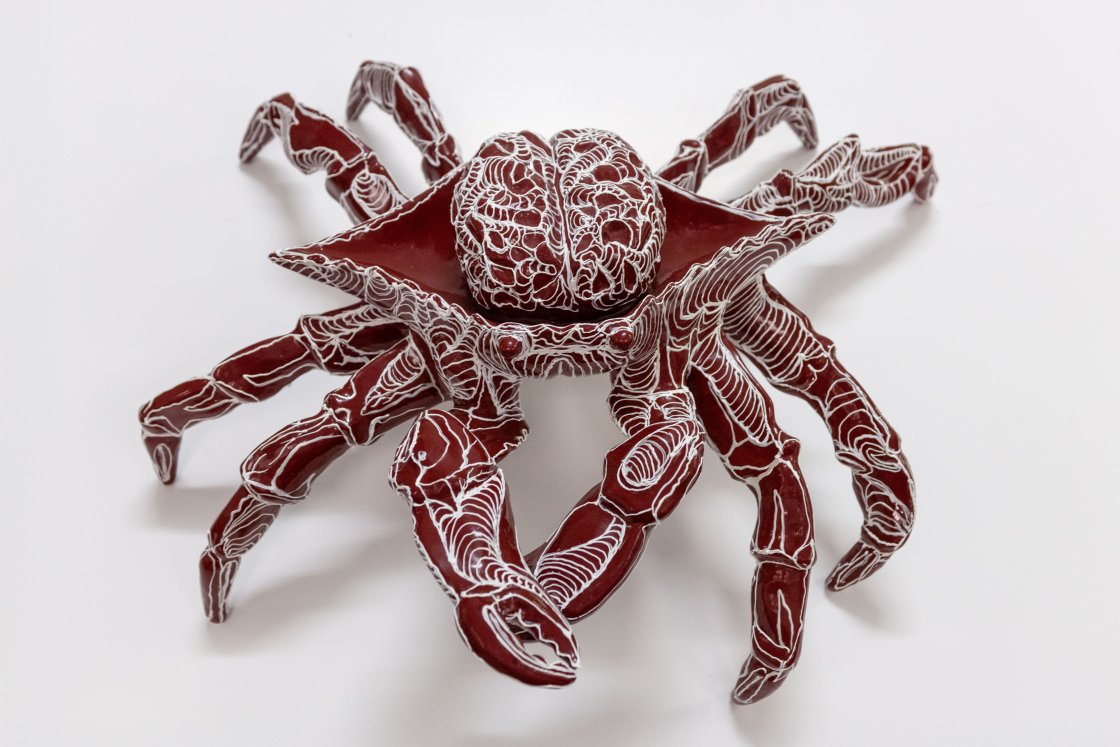
Is there any recent exhibition, work, or experience in the art world that has particularly impressed you?
I recently visited the exhibition Warhol, Pollock, and Other American Spaces, curated by Estrella de Diego at the Thyssen-Bornemisza Museum. I was impressed by Warhol’s Electric Chair.
I recommend seeing this series installed live.
Do you have any dreams you want to fulfill?
To carry out all the projects I have sketched out in notebooks… projects that I consider impossible for some reason…
Which galleries do you currently exhibit in, both in Spain and abroad?
In Mexico, I am represented by the Ana Tejeda Gallery. I have been working with this gallery for two years and they have supported me in making the Revelations tour to Mexico possible.
In Barcelona, I am represented by the ADN gallery, with which I will be exhibiting individually in February. In addition, ADN will soon be opening in Madrid and will be taking my work to Paris Photo in November. In Gijón, I collaborate with the Llamazares gallery, which will be taking my pieces to Pinta Miami.